Indianapolis and Cincinnati are two cities in the heart of the Midwest, a particularly hard hit region in today’s recession plagued economy. And yet, each region is seeing unprecedented investment in their respective downtowns, each among the largest in the nation and each bucking national trends. As construction comes to a standstill across much of the nation, Indianapolis is seeing $3.3 billion worth of construction projects while Cincinnati is seeing $2.8 billion worth (something to note: Indianapolis defines their downtown in much broader terms than Cincinnati, offsetting a direct comparison).
This spending comes at a time when interest rates and construction costs are at historic lows, something that will position each city well when economic vigor returns to the rest of the nation. With such positive news emerging out of these cities downtown’s, each region has a lot to be boastful of and much to look forward to, a sentiment typically reflected in the local media’s coverage of such progress. And yet each city takes a divergent path on this front, as The Indy Star sings the Indianapolis’ praise and prospects for accumulating $3.3 billion in investment. Meanwhile, the Cincinnati Enquirer has largely ignored it’s city’s downtown investment figures, and continues to seem uninterested in telling the true tale of the renaissance downtown Cincinnati is seeing.
A recent front page article in the Indy Star proclaimed: “Building Boom Sets Indianapolis’ Downtown Apart.” From there, the positivity ensues, featuring one bullish, pro Indianapolis figure and quote after another. Perhaps the best summarization of the article’s tone is the following statement, from Terry Sweeney, vice president of real estate development for Indianapolis Downtown Inc.,: “We have the foundation of a safe, clean downtown that has over the years built a well-rounded product that has created a desire from people to live, work and play.”
Meanwhile, the Cincinnati Enquirer has yet to report on downtown Cincinnati’s amazing and unprecedented investment figures, but seems more interested in publishing negative hit pieces on the Cincinnati Streetcar or complaining about downtown parking rules and regulations. While this difference in each city’s downtown media coverage is troubling (for Cincinnati anyway), it ultimately gets to a bigger issue regarding positive local media coverage and how that reflects a city’s national image and brand.
Since moving to Indianapolis over a year ago, I have been struck by the amount of positivity and general ‘feel-good’ sentiment coming out of the local media. At times, it almost feels as if Indianapolis can do no wrong, that the city is the new Midwestern star, and that its future has never looked better or brighter. On the national stage, Indianapolis has an overall positive image as well, heralded as the “Amateur sports capital of the world” and noted for its high growth rate, clean and vibrant downtown, and family friendly atmosphere. A similar story can be told for numerous southern cities as well, places with high positive local media coverage, high self-esteem, and a positive national image. Randy A. Simes, Owner & Managing Editor of UrbanCincy has noticed this trend since moving to Atlanta, Georgia over a year ago, as he notes: “In the south, most cities experience generally positive local media coverage and have generally positive public perceptions within their region and nationwide.”
Meanwhile, Cincinnati and other older, established cities such as Cleveland, Milwaukee, and Buffalo tend to take an opposite approach, as their local media’s often spew negativity and fear about their respective urban centers to local residents. Ultimately, this sentiment reverberates across the nation and becomes these cities brands on a national scale. As Randy Simes points out: “The ability for local media to impact public perception is quite profound, and it can be seen first-hand in the difference between Cincinnati and Indianapolis where they have experienced relatively similar success, but have quite different public perceptions.”
It’s time the Cincinnati media take note, learn from Indianapolis, and start being more positive about urban Cincinnati and the state of downtown. This task shouldn’t be too difficult – simply tell the truth and the city’s historical, cultural, architectural, natural, and physical assets will practically speak for themselves. On top of that, the $2.8 billion being invested in downtown now is paving the way for a more prosperous, exciting Queen City. This is the image that should be conveyed by local Cincinnati media (as it is the truth!), something that would undoubtedly result in higher citizen self-esteem and a stronger national image and brand for years to come.









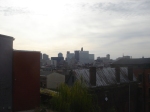
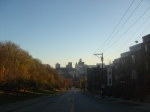

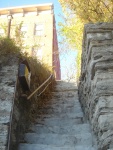
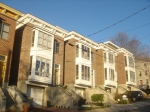
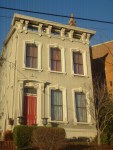
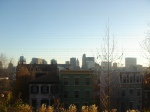
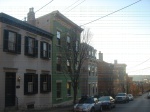
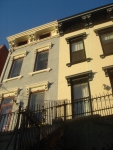
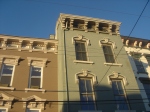
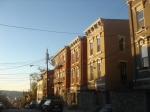
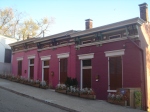
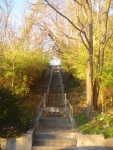
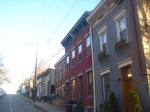
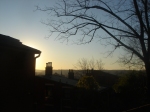
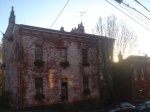
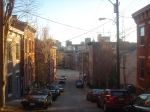
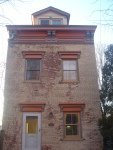
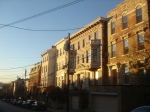
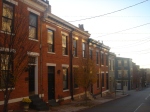
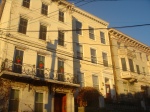
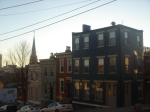
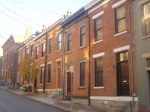
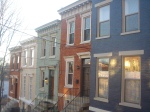
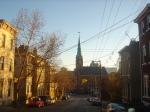
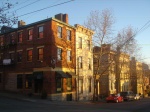
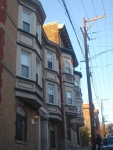
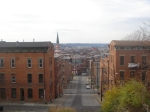
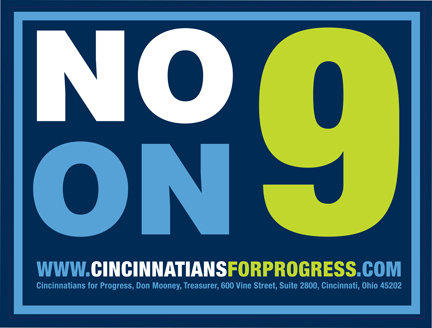



Recent Comments